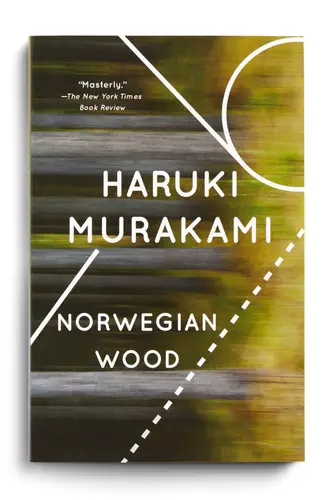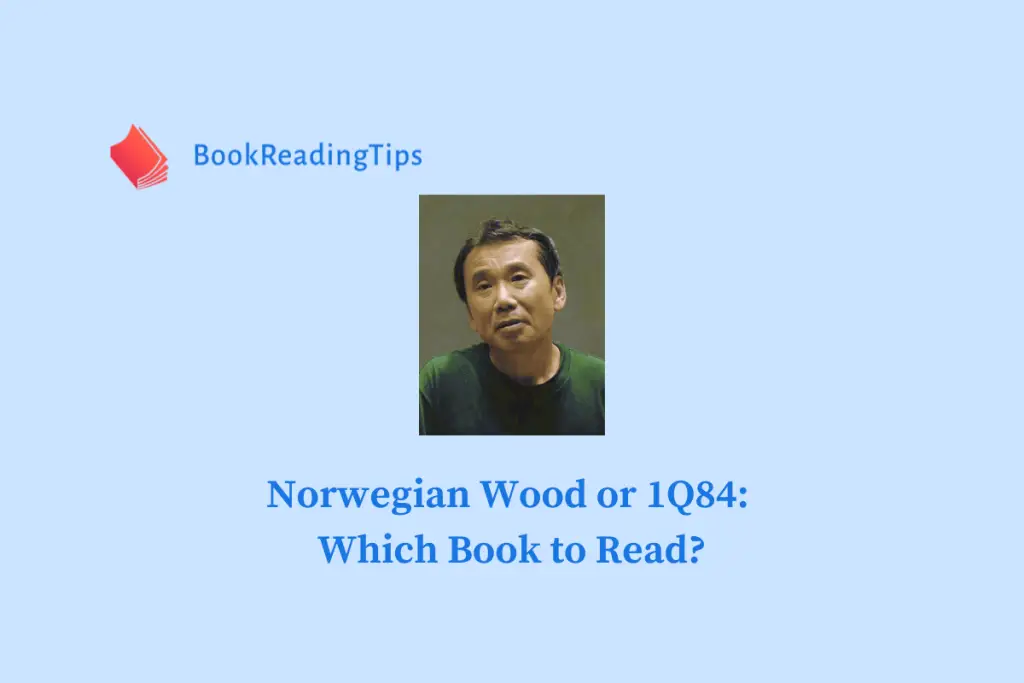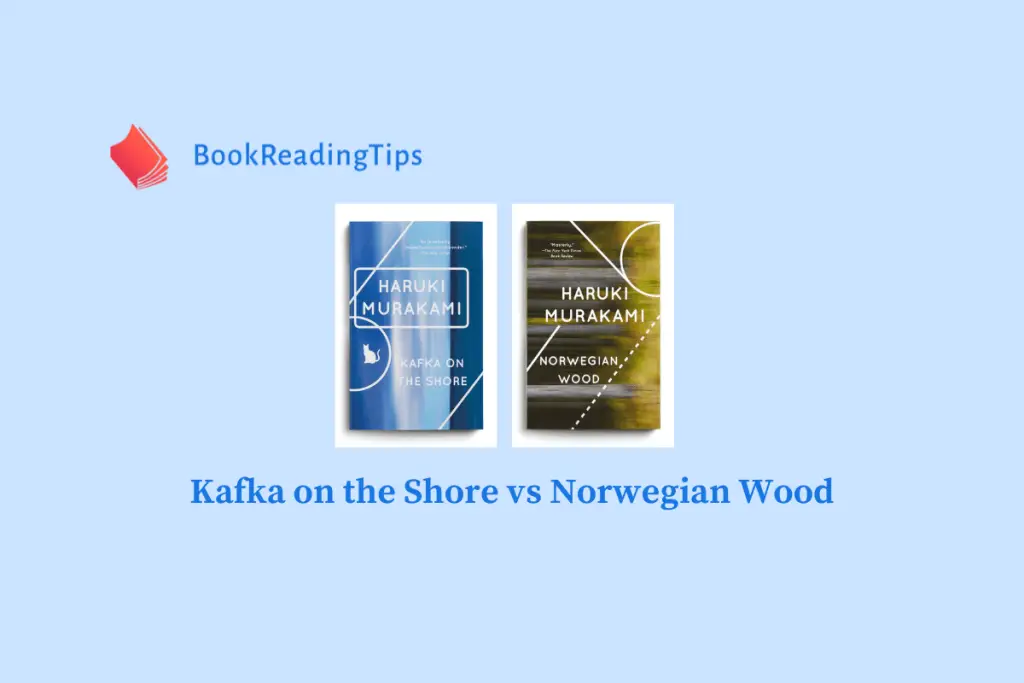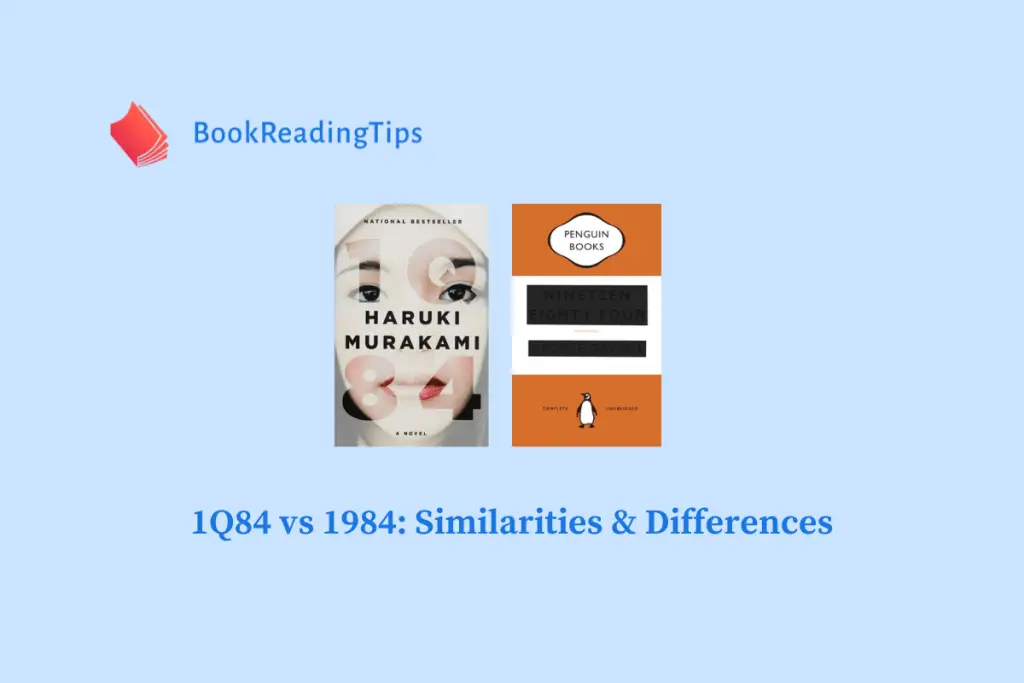In comparing two literary masterpieces, The Wind-up Bird Chronicle and Norwegian Wood, you may find yourself captivated by the distinct styles and intricate narratives crafted by the renowned Japanese author, Haruki Murakami. As you delve into these novels, it becomes apparent that while both works carry Murakami’s signature blend of magical realism and introspection, they offer unique reading experiences and perspectives on life.
The Wind-up Bird Chronicle, a metaphysical journey through the protagonist Toru Okada’s life, invites you to reflect on existential themes such as identity, memory, and reality. As you navigate this complex and surreal narrative, you will encounter elements of historical fiction, politics, and the supernatural, carefully woven together in an enigmatic plot. Contrarily, Norwegian Wood takes a more grounded approach, tugging at your heartstrings with its raw portrayal of love, loss, and adolescence.
By juxtaposing these two remarkable novels, you can explore the depth and variety of Murakami’s work while gaining a greater appreciation of his ability to captivate readers and transport them to worlds where the line between dreams and reality is beautifully blurred.
Table of Contents
- Plot Comparison
- Themes and Symbolism
- Character Analysis
- Narrative Structure
- Literary Style and Techniques
- Reception and Impact
- Conclusion
Plot Comparison

The Wind-Up Bird Chronicle
In The Wind-Up Bird Chronicle, you will find the story of Toru Okada, an ordinary man who leads an unremarkable life. His tale begins when his marriage starts to unravel, and his cat soon disappears. Toru’s search for the cat leads him to a cast of enigmatic figures, all linked by fate or history. The novel shifts between reality and the supernatural as Toru’s world becomes increasingly surreal with each encounter he has.
The Wind-Up Bird Chronicle explores themes such as fate, history, and the subconscious. Its structure is nonlinear, with various subplots weaving together as the story unfolds. This book is a blend of magical realism and historical fiction, giving a unique reading experience.

Norwegian Wood
Norwegian Wood, on the other hand, is a more grounded and straightforward story. It focuses on Toru Watanabe, a college student in Tokyo during the late 1960s. The novel follows Toru’s emotional journey and relationships, specifically his connection to Naoko, the former girlfriend of his best friend who tragically committed suicide.
While Norwegian Wood is less fantastical than The Wind-Up Bird Chronicle, it is a captivating portrayal of young love, loss, and self-discovery. The novel connects to its readers through its exploration of love and heartbreak, mental health, and the transition to adulthood. The backdrop of a changing Japan, with students protesting against the establishment, adds depth and context to the plot.
Themes and Symbolism
Isolation and Loneliness
In both The Wind-Up Bird Chronicle and Norwegian Wood, themes of isolation and loneliness play important roles in the characters’ experiences.
In The Wind-up Bird Chronicle, you’ll see that the protagonist, Toru Okada, often finds himself detached from society and dealing with loneliness as he searches for his missing wife. This detachment is further emphasized by the constant presence of the wind-up bird, a symbol that represents the unwinding of time and connections in Toru’s life.
Similarly, Norwegian Wood portrays the main character, Watanabe, coping with the isolation experienced after the loss of his close friend and love interest. Throughout the novel, you’ll see Watanabe’s journey through the struggles of loneliness and his eventual personal growth. Both novels emphasize the characters’ internal battles with isolation and loneliness, showcasing their introspective journeys to form new connections and relationships.
Love and Loss
The theme of love and loss holds a significant place in both novels. In The Wind-Up Bird Chronicle, the central plot revolves around Toru Okada’s quest to find his missing wife, Kumiko, and the love they both share. Their relationship is tested as the story unfolds, and they experience several emotional struggles throughout. The process of healing and acceptance of loss is actively explored in the narrative.
Norwegian Wood, on the other hand, delves deep into Watanabe’s experiences with love, loss, and heartache. He navigates the complexities of love triangles and the impact of loss on his mental health. The novel grounds itself in the realm of young love and the pain that follows when it ends.
Both stories utilize love and loss as key elements in shaping the characters’ personal growth, revealing how love and relationships can be both healing and destructive. So, while you delve into the rich narratives of these two novels, keep a lookout for the underlying symbolism and thematic connections that bring their characters to life.
Character Analysis
Toru Okada vs Toru Watanabe
In The Wind-Up Bird Chronicle, the protagonist is Toru Okada, an unemployed man who becomes involved in a series of bizarre and mystical events. On the other hand, in Norwegian Wood, the protagonist is Toru Watanabe, a college student navigating love and loss in late 1960s Tokyo.
While both protagonists share the name Toru, they exhibit distinct personalities. Toru Okada embarks on a more introspective journey, dealing with uncertainties in his own life. As he searches for his missing cat and tries to mend his troubled marriage, he becomes entangled with a wide array of characters that lead him deep into the realms of history, politics, and the supernatural.
In contrast, Toru Watanabe’s story is more grounded and revolves around his relationships and emotional struggles. His character represents a more “coming-of-age” experience as he faces the challenges of adulthood, love, and loss.
Secondary Characters
The Wind-Up Bird Chronicle features a rich variety of secondary characters, such as:
- May Kasahara: A teenager who forms a unique bond with Toru Okada and assists him on his journey.
- Noboru Wataya: Kumiko’s sinister older brother who manipulates and causes harm to others, including Toru and his wife.
These characters contribute to the development of Toru Okada and the intricacies of the story.
In Norwegian Wood, Toru Watanabe’s life is also shaped by his interactions with key secondary characters. Some notable ones include:
- Naoko: A troubled friend from Toru’s past, whose emotional instability and tragic experiences significantly impact Toru’s life.
- Midori: A vivacious and spirited woman that Toru meets during his college years, who offers an alternative perspective on love and life.
These secondary characters contribute to the emotional depth and character development in Norwegian Wood.
As you read both novels, you’ll find that the characters’ complexities and interactions create engaging stories. While the protagonists may share a name, their experiences and the dynamics within each novel differ greatly, providing two unique literary experiences.
Narrative Structure
Chronological vs Fragmented
When comparing the narrative structures of The Wind-Up Bird Chronicle and Norwegian Wood, you’ll notice significant differences in their approaches. In Norwegian Wood, the storytelling is linear, following a chronological order. This makes it easier for you, as a reader, to track the events and relationships of the characters throughout their development. You might appreciate this clear timeline if you prefer a more straightforward reading experience.
On the contrary, The Wind-Up Bird Chronicle features a more fragmented narrative style. It weaves together multiple storylines, sometimes disjointedly, leaving you to piece together the connections between events and characters. This complex structure can make for a more challenging but also potentially more engaging and thought-provoking read.
The stylistic differences between the two books can be attributed to the themes and genres they explore. Norwegian Wood is more of a realistic and grounded story, focusing on themes of love, loss, and coming of age. It makes sense for this type of story to be told in a chronological manner, as it follows the main character’s life and the relationships he forms along the way. You can find other readers’ opinions on this in discussions on Reddit.
In contrast, The Wind-Up Bird Chronicle delves into surreal and magical realism elements, featuring fantastical elements that seamlessly merge with the real world. This storytelling approach lends itself well to a fragmented narrative structure, as the characters navigate through time, space, and reality. You’ll encounter themes like the search for identity, the nature of consciousness, and the power of one’s inner life.
In conclusion, the narrative structures of The Wind-Up Bird Chronicle and Norwegian Wood greatly differ but are tailored to the respective themes and genres of each book. Both offer unique reading experiences, and the choice between them often depends on your personal preferences and reading style.
Literary Style and Techniques
When comparing the literary styles and techniques used in Haruki Murakami’s novels, The Wind-Up Bird Chronicle and Norwegian Wood, it’s important to note the distinct approaches taken in each book. While both novels are undoubtedly Murakami’s works, they each showcase different aspects of his writing.
In The Wind-Up Bird Chronicle, you’ll notice elements of magical realism, surrealism, and mystery. Known for combining the mundane with the fantastical, this novel takes you on a journey that blurs the line between reality and the imagined. The story is layered, intricate, and at times, meandering. It invites you to unravel complex threads of plot and character development.
On the other hand, Norwegian Wood presents a more straightforward narrative, making it an easier read in comparison. This novel is primarily a love story intertwined with themes of loss and nostalgia. While elements of Murakami’s signature style are present, the magical realism and surrealism take a backseat in this work. Instead, you’ll find more focus on character relationships and personal growth.
Though different in their approach, both novels exhibit Murakami’s penchant for crafting memorable characters. In The Wind-Up Bird Chronicle, the protagonist’s relationships are deeply intertwined with the elements of magic and mystery1. In contrast, Norwegian Wood puts more emphasis on the realistic aspects of human connections.
To truly appreciate the literary styles and techniques displayed in these two novels, it’s essential to immerse yourself in the worlds crafted by Murakami. As you explore The Wind-Up Bird Chronicle and Norwegian Wood, you’ll encounter the unique characteristics that define his work, providing a greater understanding of Murakami’s distinctive voice in contemporary literature.
Reception and Impact
When comparing The Wind-Up Bird Chronicle and Norwegian Wood, it’s important to consider their reception and impact. Norwegian Wood is a more straightforward novel compared to other Murakami books. It has a wide appeal and is often recommended as an entry point for readers new to Murakami’s work. This can be attributed to its simpler plot and more relatable themes, which include love, loss, and coming of age.
On the other hand, The Wind-Up Bird Chronicle showcases Murakami’s signature surrealistic style and is considered vastly different from Norwegian Wood. While the writing style may seem similar, the novel is known for its complex, multi-layered narrative and incorporates elements of magical realism, war history, and psychological exploration. As a result of its complexity, it could be more challenging to read and understand for those who are not acquainted with Murakami’s distinct writing style.
Both novels have made a significant impact on Murakami’s career, with Norwegian Wood being a commercial success and propelling him to fame in Japan and the broader literary world. The novel’s wide appeal and popularity have contributed to its multiple translations and even a film adaptation.
In contrast, The Wind-Up Bird Chronicle reflects Murakami’s growth as a writer and his ability to create intricate narratives with a strong sense of atmosphere and character development. The novel earned critical acclaim, with many critics deeming it one of Murakami’s best works.
In summary, the reception and impact of The Wind-Up Bird Chronicle and Norwegian Wood differ greatly. While both novels are successful in their own right, Norwegian Wood stands out as a more accessible introduction to Murakami’s writing, while The Wind-Up Bird Chronicle offers a challenging, rewarding, and surreal literary journey for readers familiar with his work.
Conclusion
In comparing Haruki Murakami’s The Wind-Up Bird Chronicle and Norwegian Wood, you’ll notice several differences and similarities. While both novels showcase Murakami’s signature writing style, they also have unique characteristics that set them apart.
The Wind-Up Bird Chronicle contains more surreal elements, taking you on a journey through an intricate, mysterious, and sometimes confusing plot. This novel might challenge your understanding of reality, but it’s also a deep exploration of various themes and characters. On the other hand, Norwegian Wood has a more straightforward narrative, giving you a more accessible reading experience. It’s a coming-of-age story that resonates with many readers due to its focus on love, loss, and nostalgia.
The titles of both novels are connected to music, revealing how important this art form is to Murakami and his storytelling. Norwegian Wood is named after a Beatles song, while The Wind-Up Bird Chronicle references classical composers such as Rossini, Schumann, and Mozart.
As you read both novels, it’s important to remember that Murakami’s works often leave some questions unanswered, encouraging personal interpretation and reflection. This aspect of his storytelling may be more prevalent in The Wind-Up Bird Chronicle due to its surreal nature, but it’s still present in Norwegian Wood as well.
By examining these two novels, you will gain a deeper understanding of Murakami’s literary style and storytelling techniques. Both novels have their own merits, and it’s up to you to decide which one resonates more with your personal tastes and preferences. However, regardless of your choice, you are sure to be captivated by the worlds and characters that Murakami has masterfully crafted.




